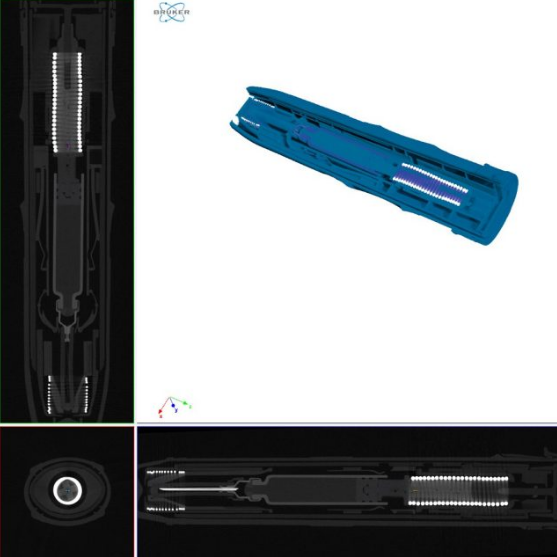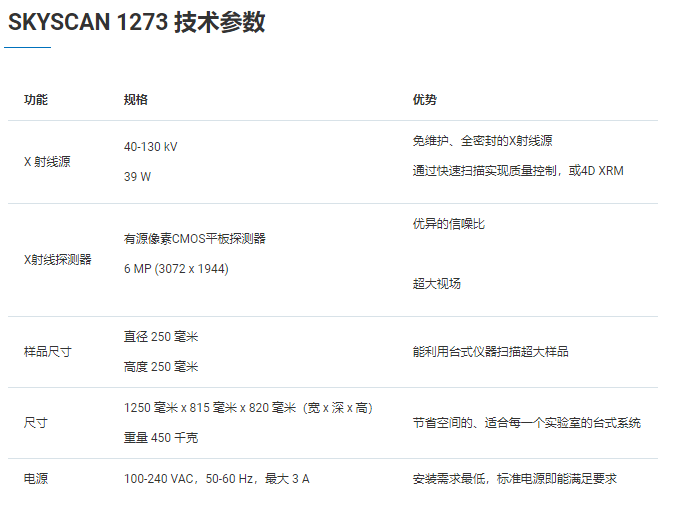Key applications
Additive manufacturing
Additive manufacturing, also known as 3D printing, can be used to manufacture components with complex internal and external structures. Unlike traditional technologies that require special molds or tools, additive manufacturing can be used to economically produce individual product prototypes as well as to produce large quantities of components. After production is completed, in order to ensure that the performance of the produced components meets expectations, it is necessary to verify the internal and external structures. XRM can perform this type of testing in a non-destructive manner, ensuring that the produced components meet or exceed the specified performance.
·Check for internal voids formed by residual powder
·Verify internal and external dimensions
·Direct comparison with CAD models
·Analyze components composed of a single material and multiple materials

Medical device and drug packaging
Designing and testing packaging is crucial to ensure that drugs are delivered to patients in a correct and safe manner. XRM can perform rapid testing under non-destructive and sterile conditions to achieve quality control, ensuring that both the production process and the products produced meet the requirements.
·High throughput scanning of medical devices for quality control
·Check the integrity of drug packaging with a maximum size of 20 cm x 20 cm x 20 cm
·Monitoring and controlling the quality and consistency of internal metal and plastic components
·Measure internal and external dimensions and detect defects
geology
XRM can perform non-destructive testing on different geological materials, from small mineral samples to large-sized rock cores.
·Quantitative analysis of structural parameters such as particle size, open/closed pore size, and connectivity
·Calculate the 3D distribution of mineral phases
·Realize the correlation between sample structure and mechanical properties through in-situ mechanical experiments
·Visualization of fluid flow, crystallization, and dissolution processes in porous media










